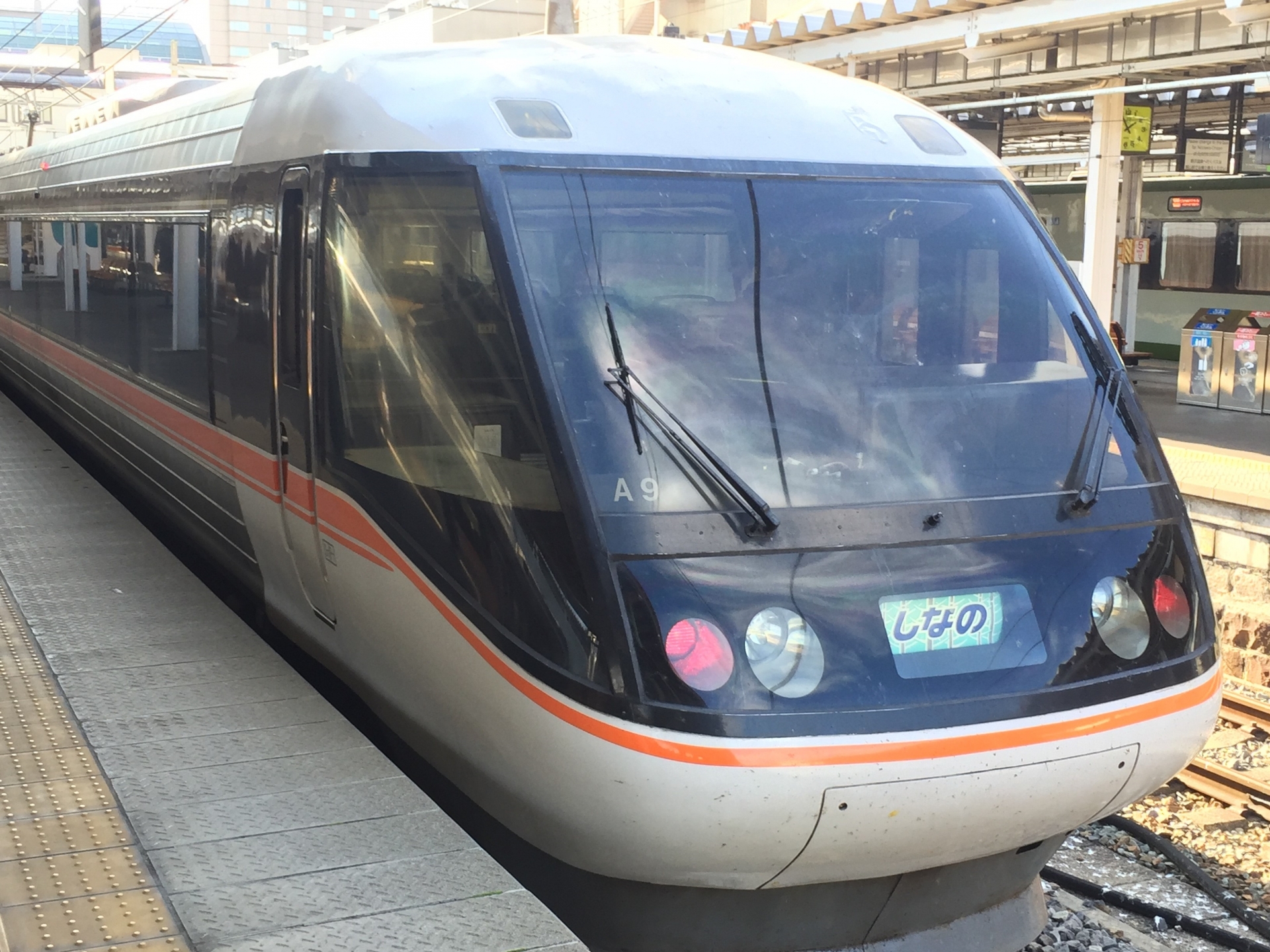 Limited Express
Limited ExpressThe limited express Shinano: Inter-city express connecting Nagoya and Nagano
The limited express Shinano operated by 383 series. The limited express train Shinano runs between Nagano (長野) and N...
 Limited Express
Limited Express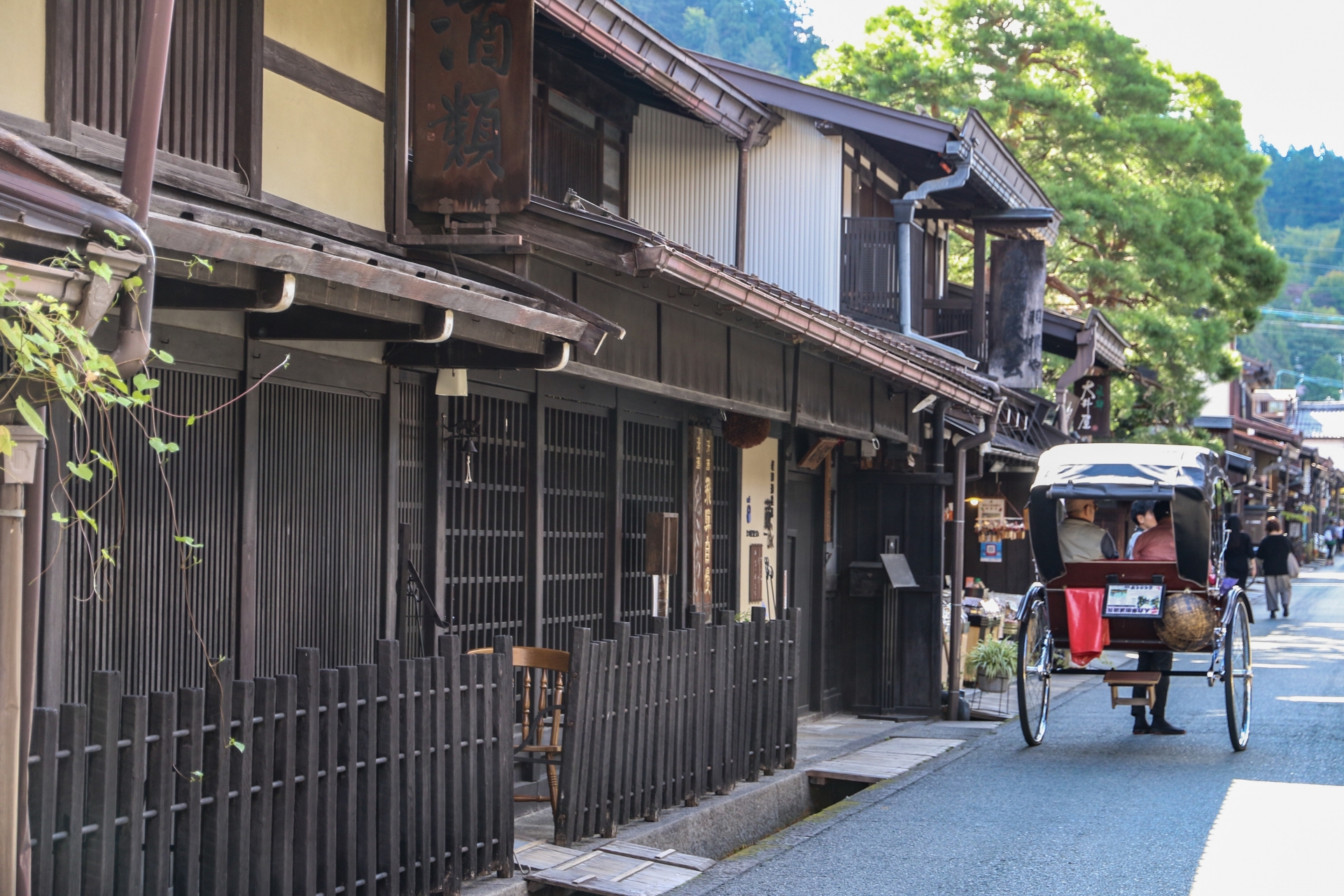 Chubu Area
Chubu Area Rail pass for residents
Rail pass for residents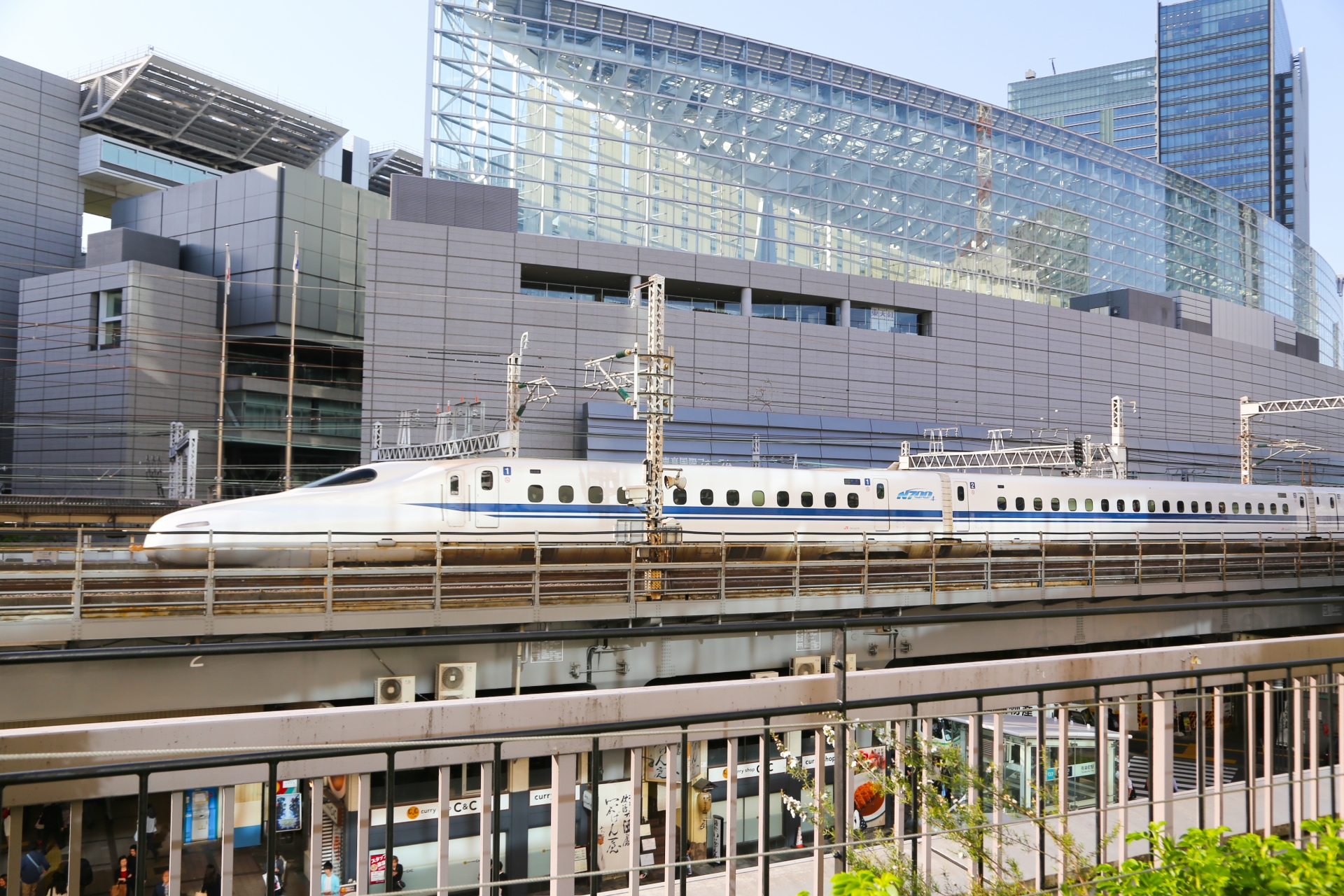 Rail pass for residents
Rail pass for residents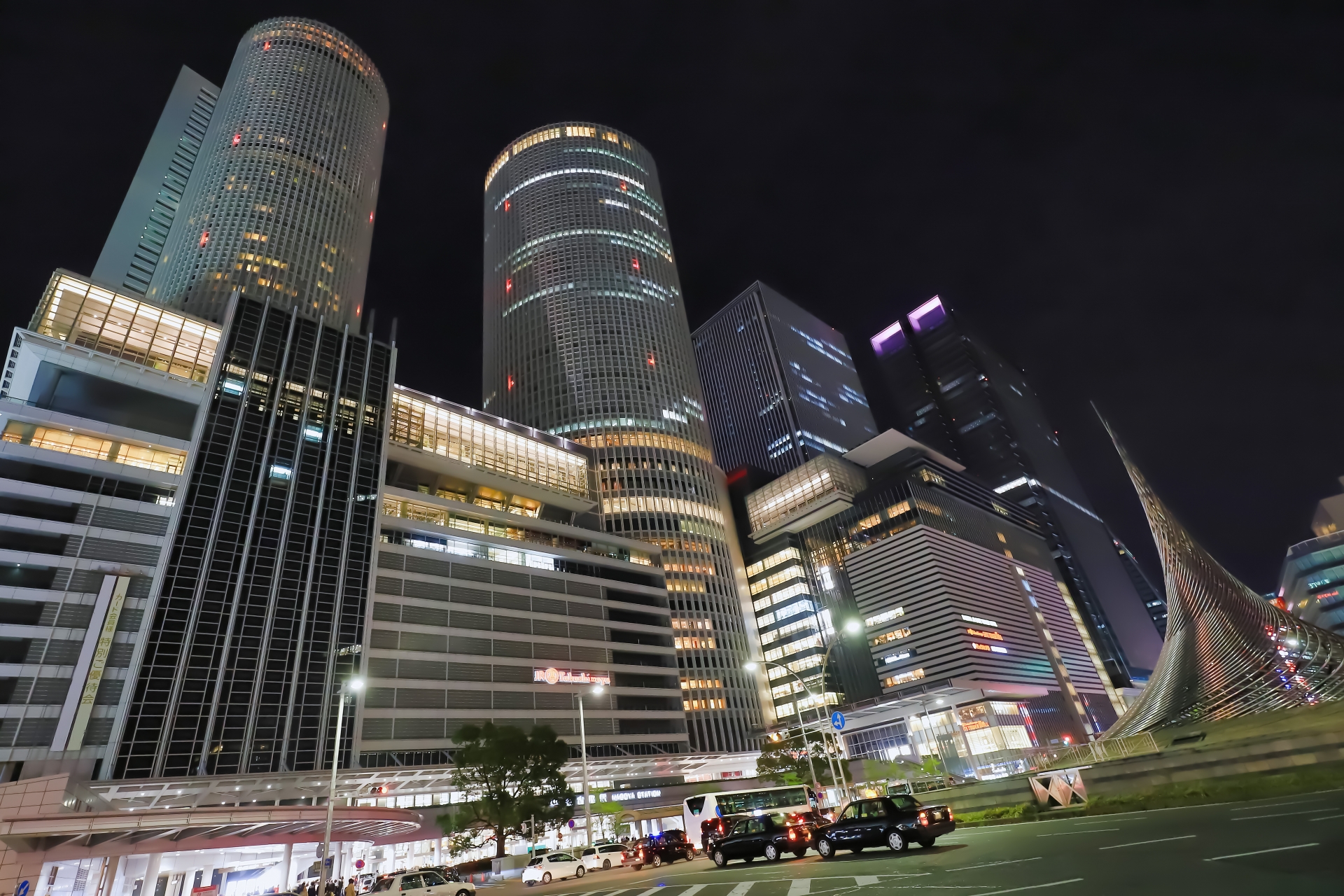 Station information
Station information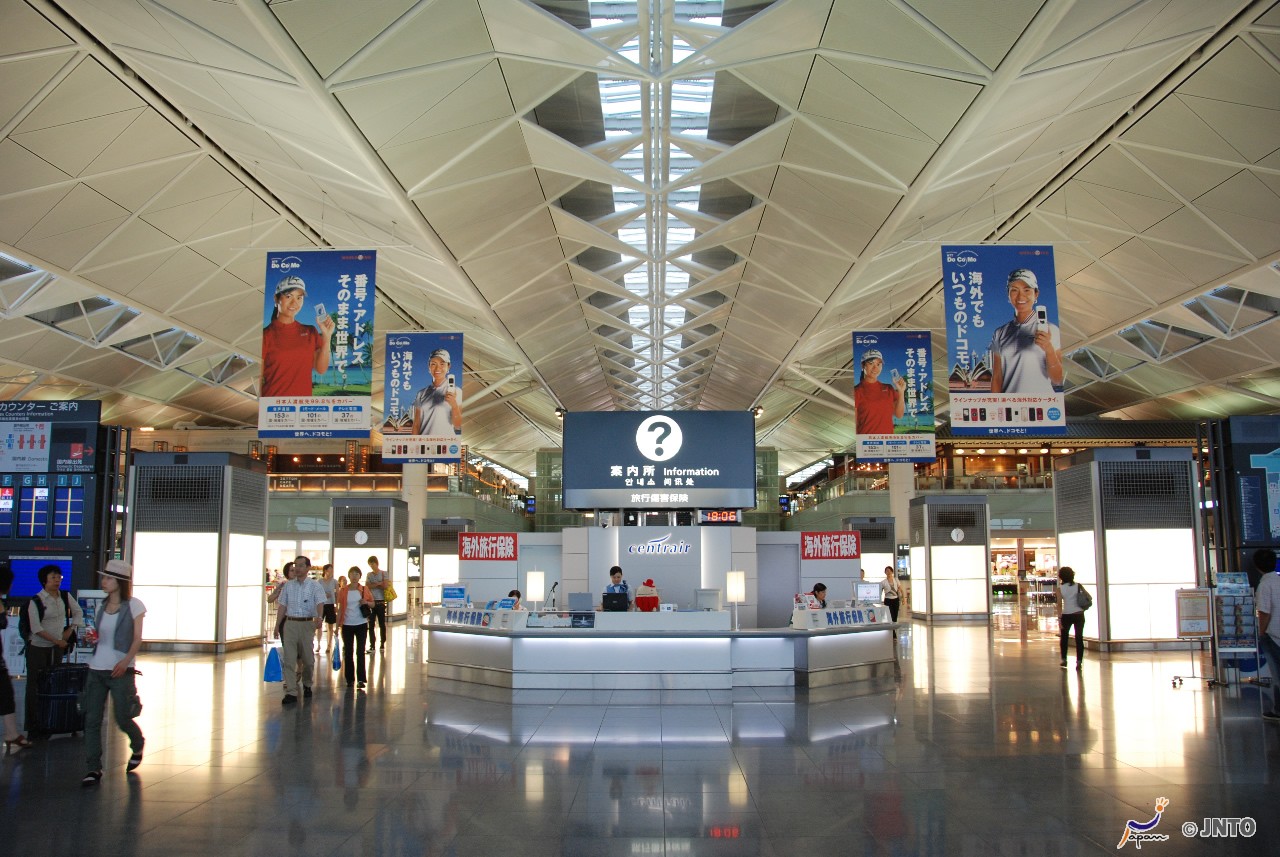 Chubu (NGO)
Chubu (NGO)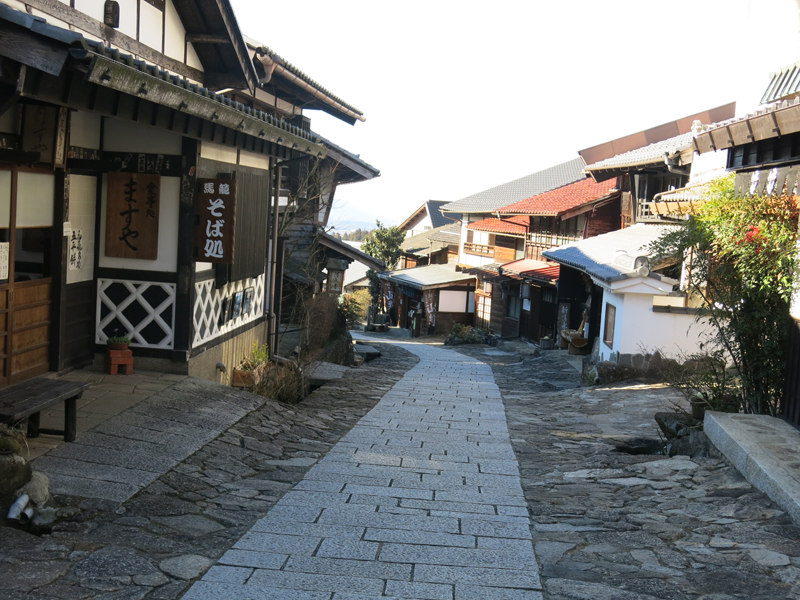 2016 winter Tohoku, Chubu and Chugoku
2016 winter Tohoku, Chubu and Chugoku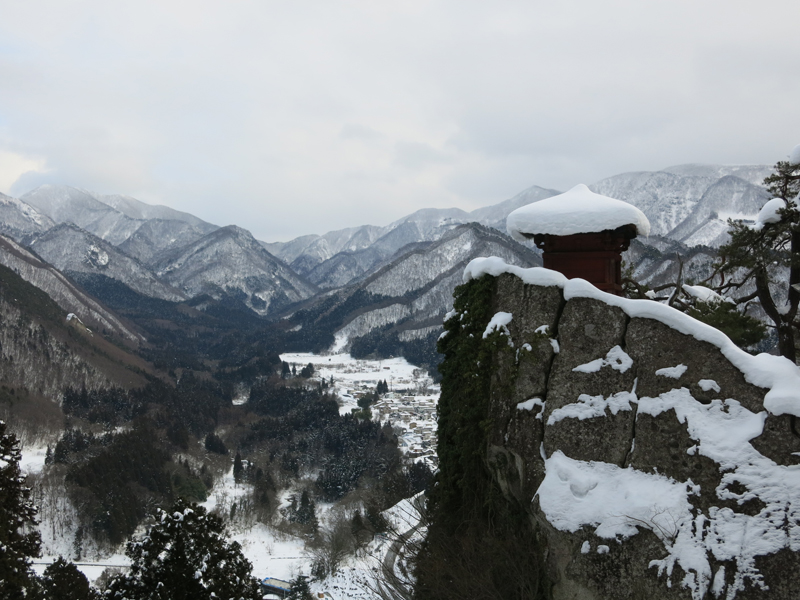 2016 winter Tohoku, Chubu and Chugoku
2016 winter Tohoku, Chubu and Chugoku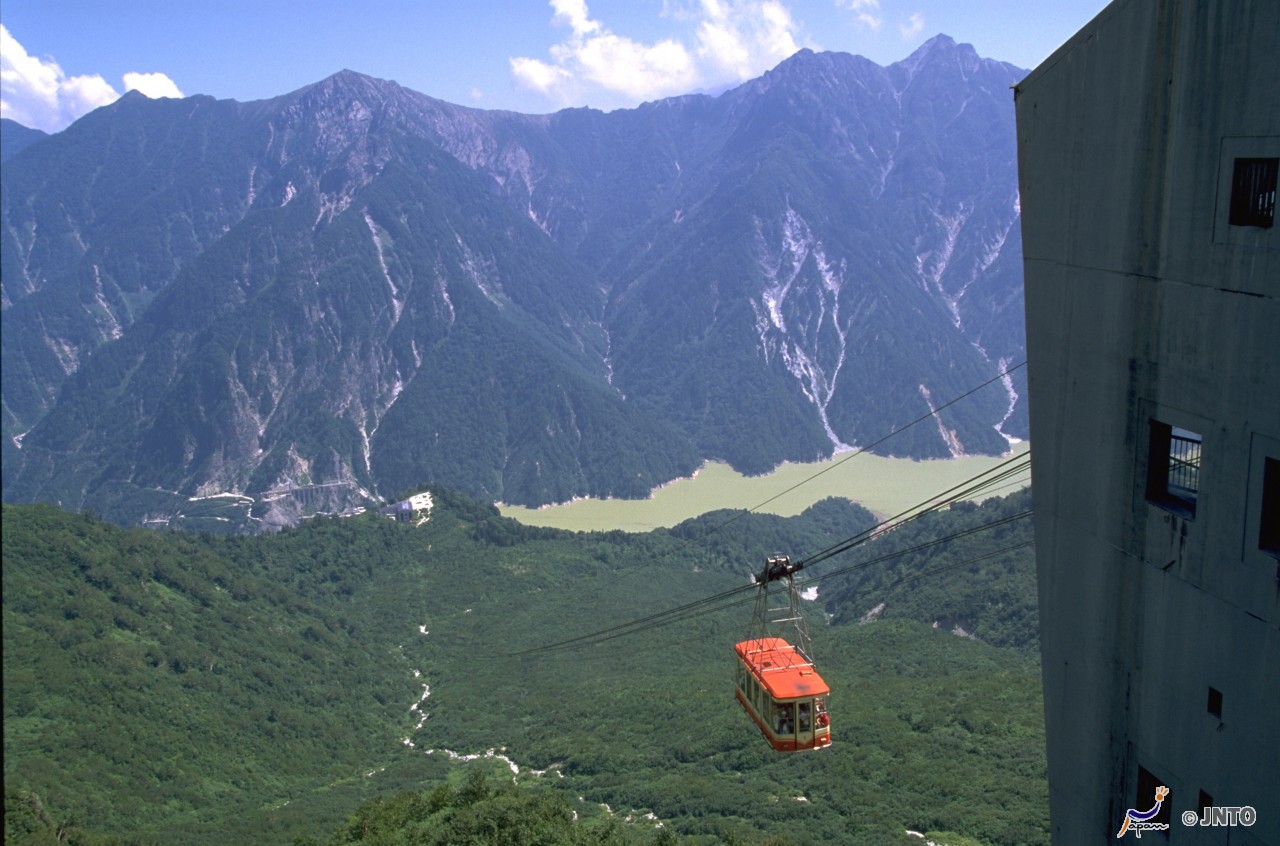 1 to 3 days
1 to 3 days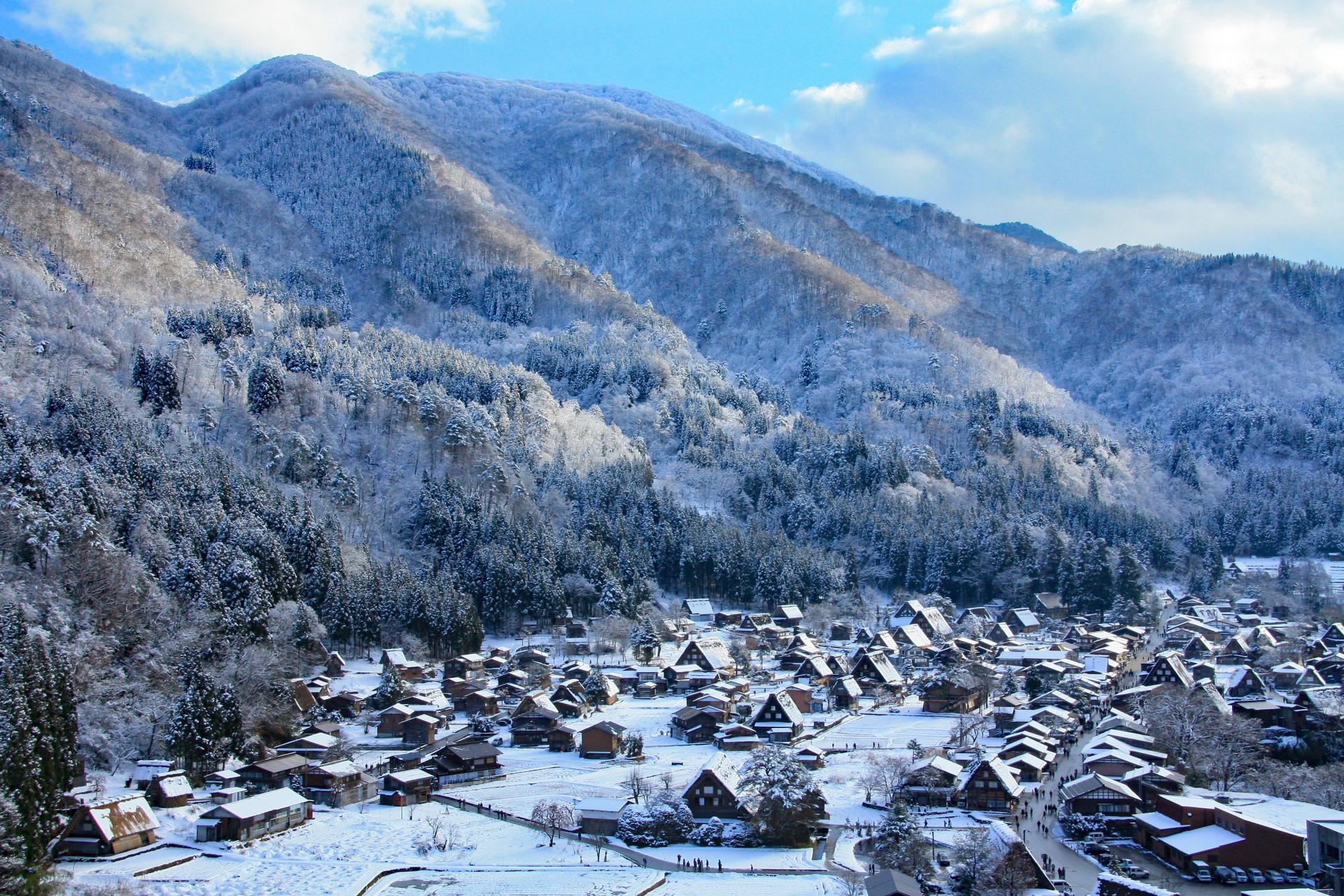 Rail pass for visitors
Rail pass for visitors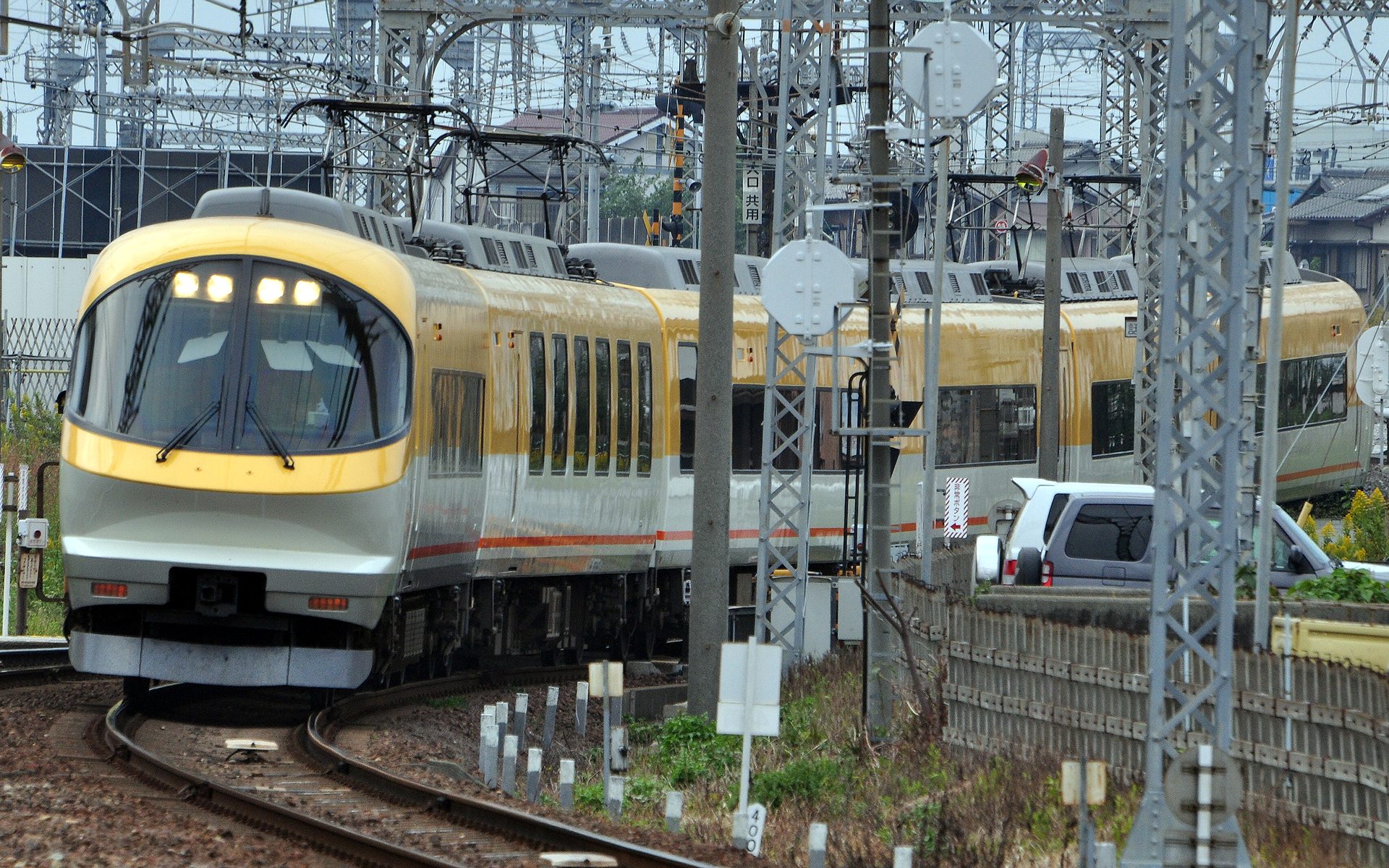 Rail pass for visitors
Rail pass for visitors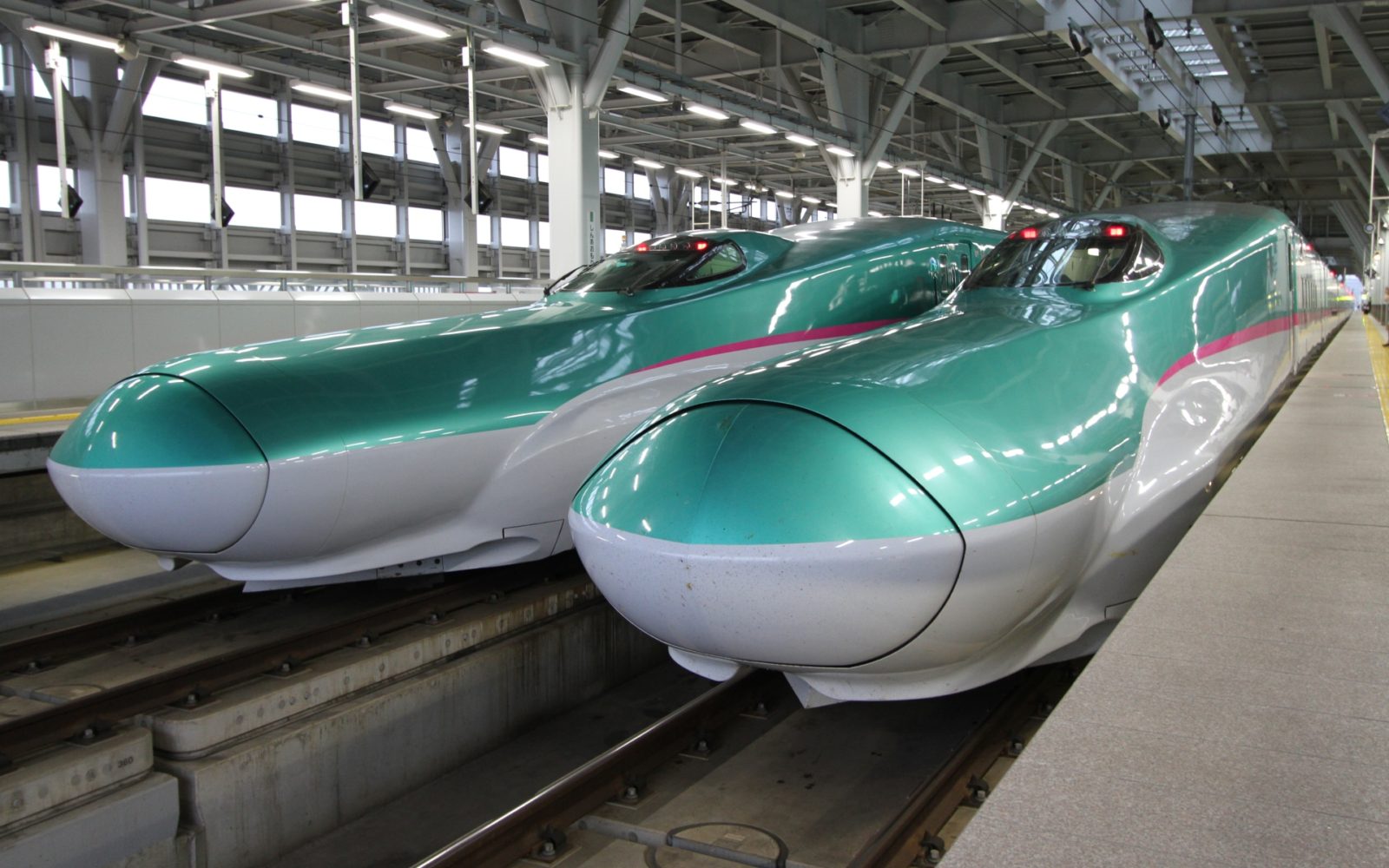 Joetsu, Nagano and Hokuriku
Joetsu, Nagano and Hokuriku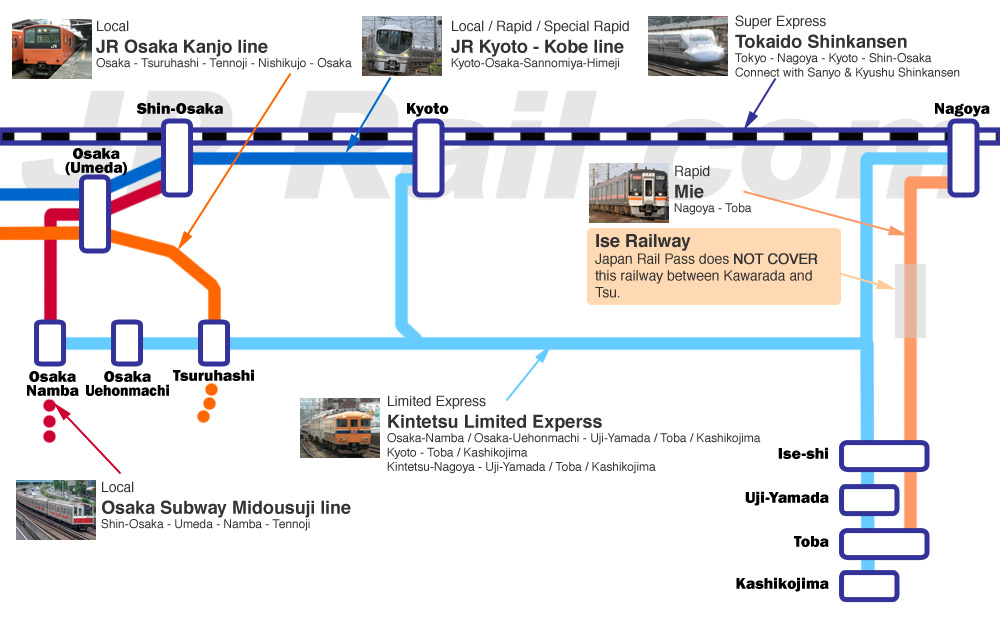 Chubu Area
Chubu Area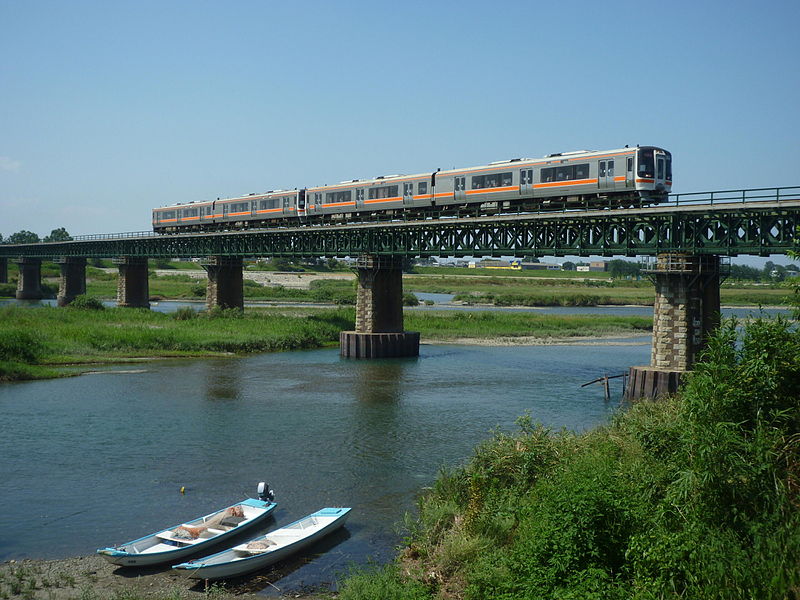 Ise-shi
Ise-shi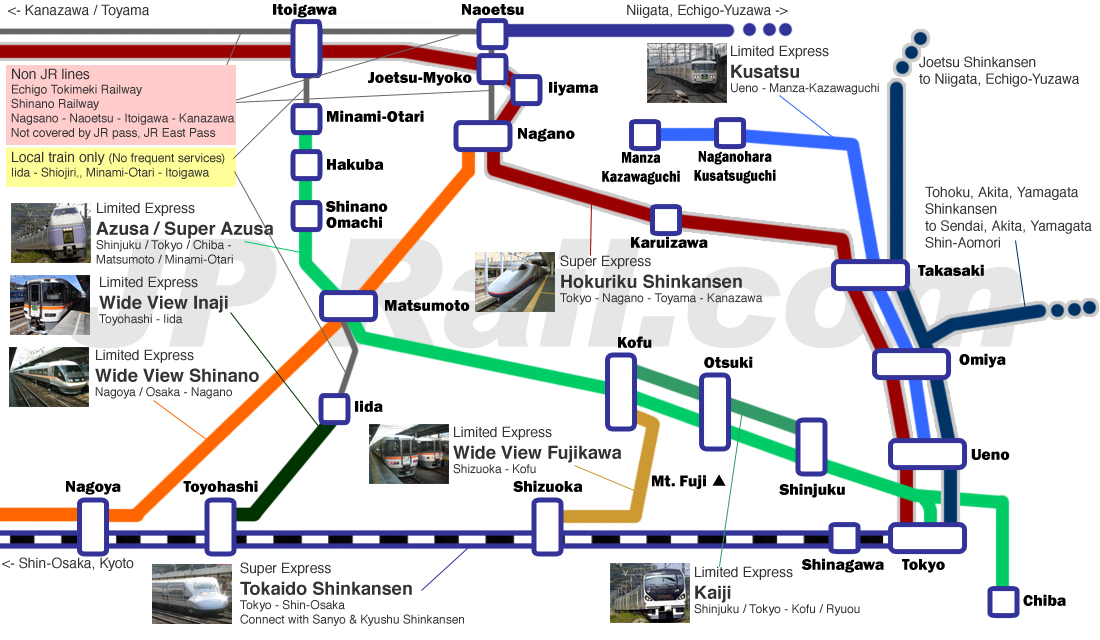 Chubu Area
Chubu Area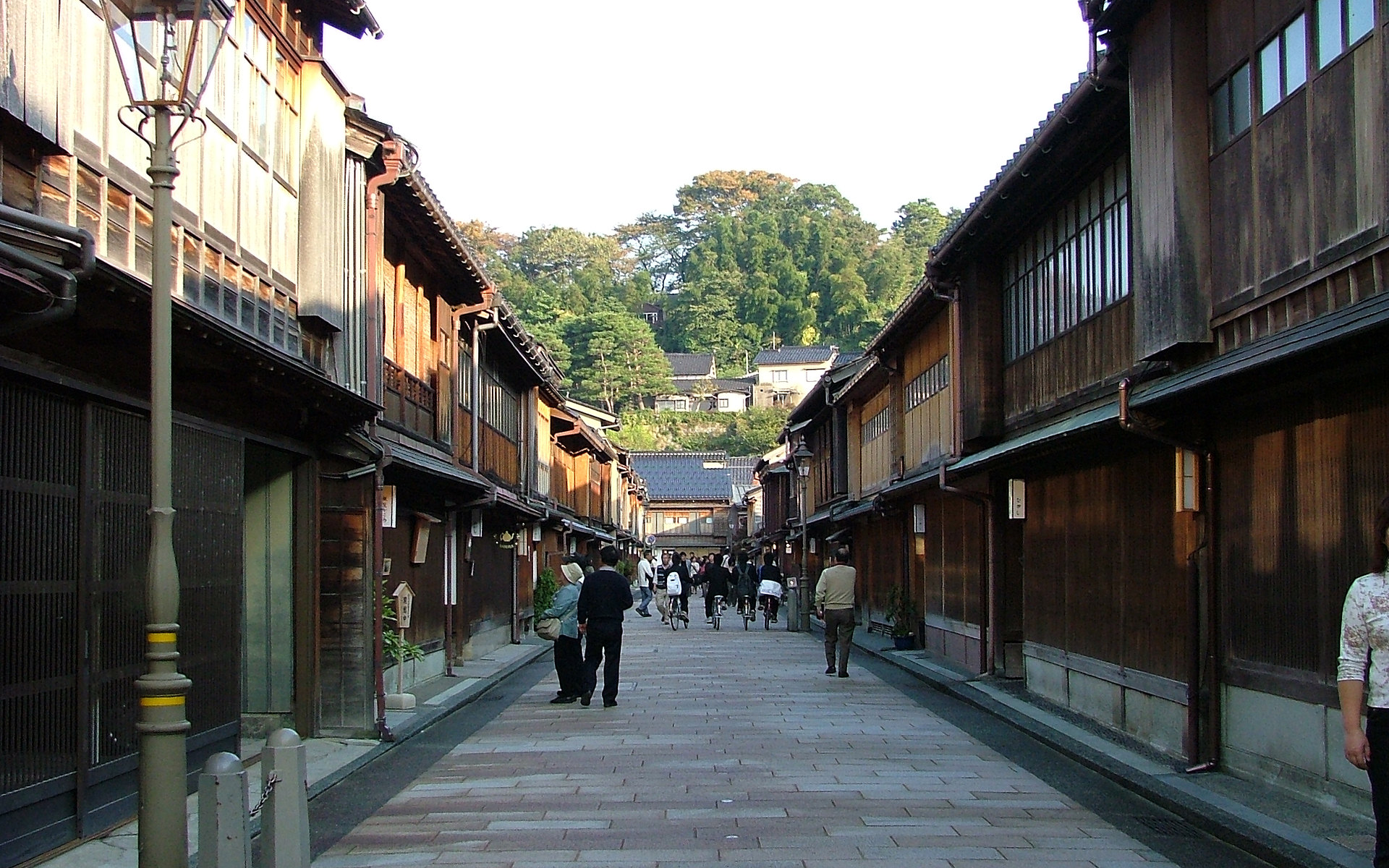 Takayama, Kanazawa and Shirakawago
Takayama, Kanazawa and Shirakawago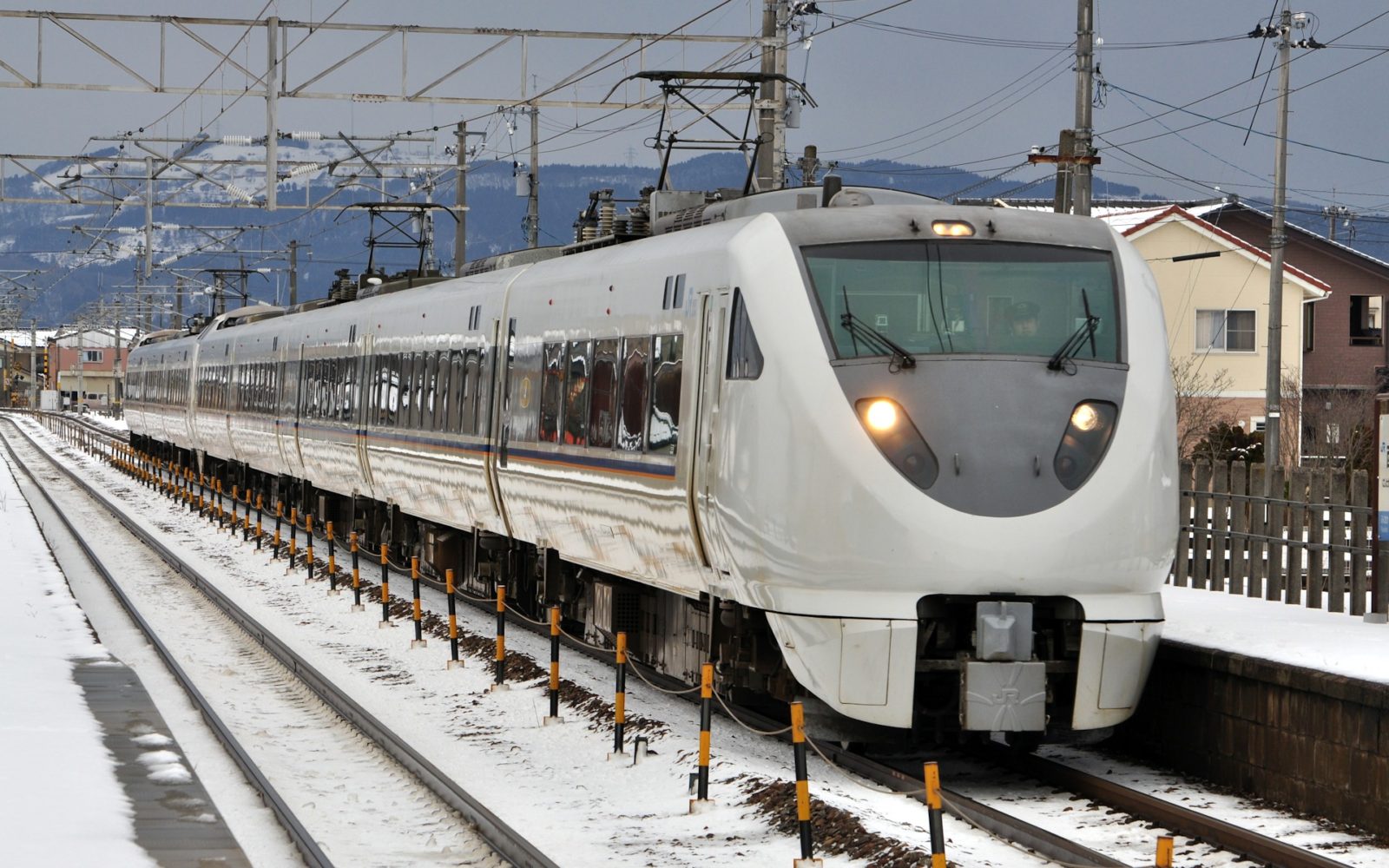 Kanazawa, Toyama, Wakura-Onsen, Fukui
Kanazawa, Toyama, Wakura-Onsen, Fukui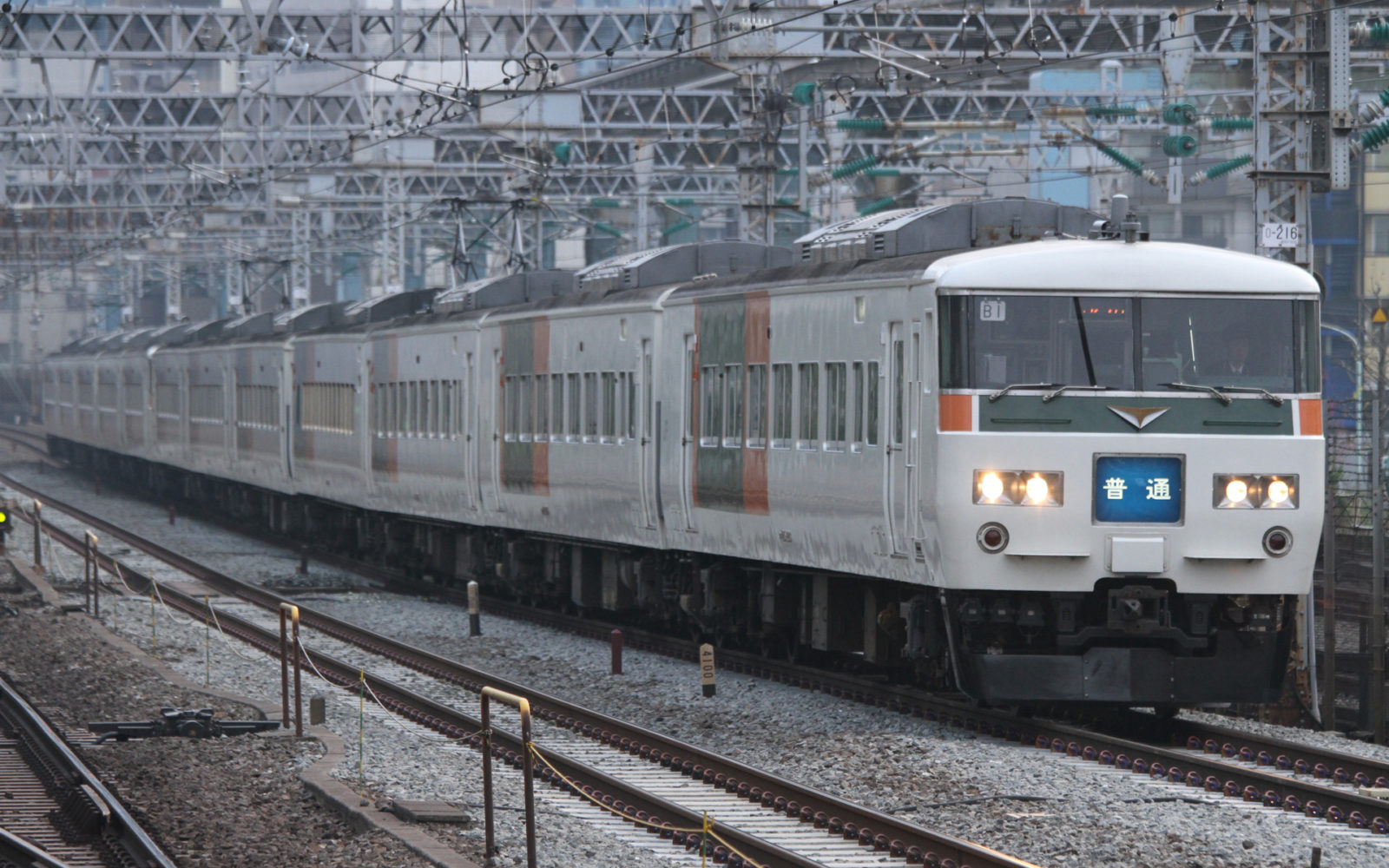 Maibara, Ogaki
Maibara, Ogaki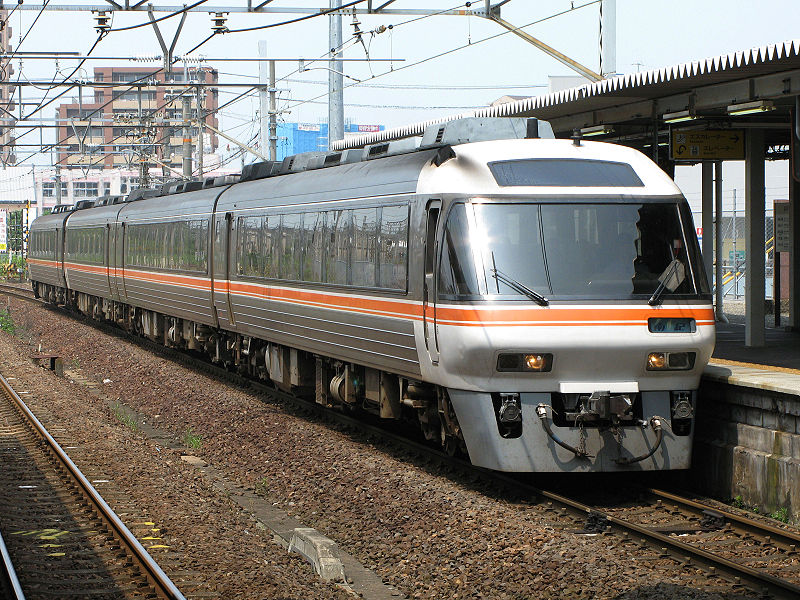 Limited Express
Limited Express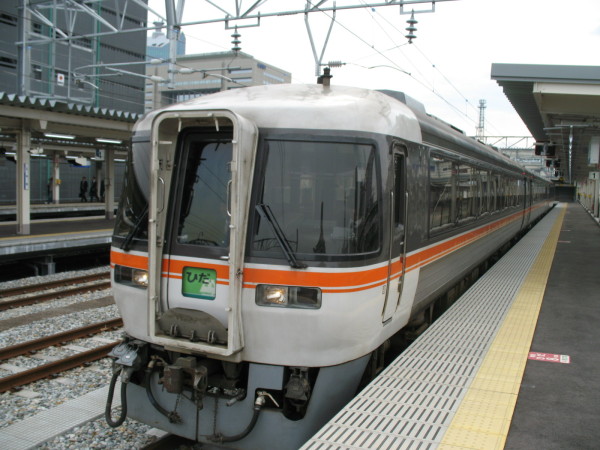 Kanazawa, Toyama, Wakura-Onsen, Fukui
Kanazawa, Toyama, Wakura-Onsen, Fukui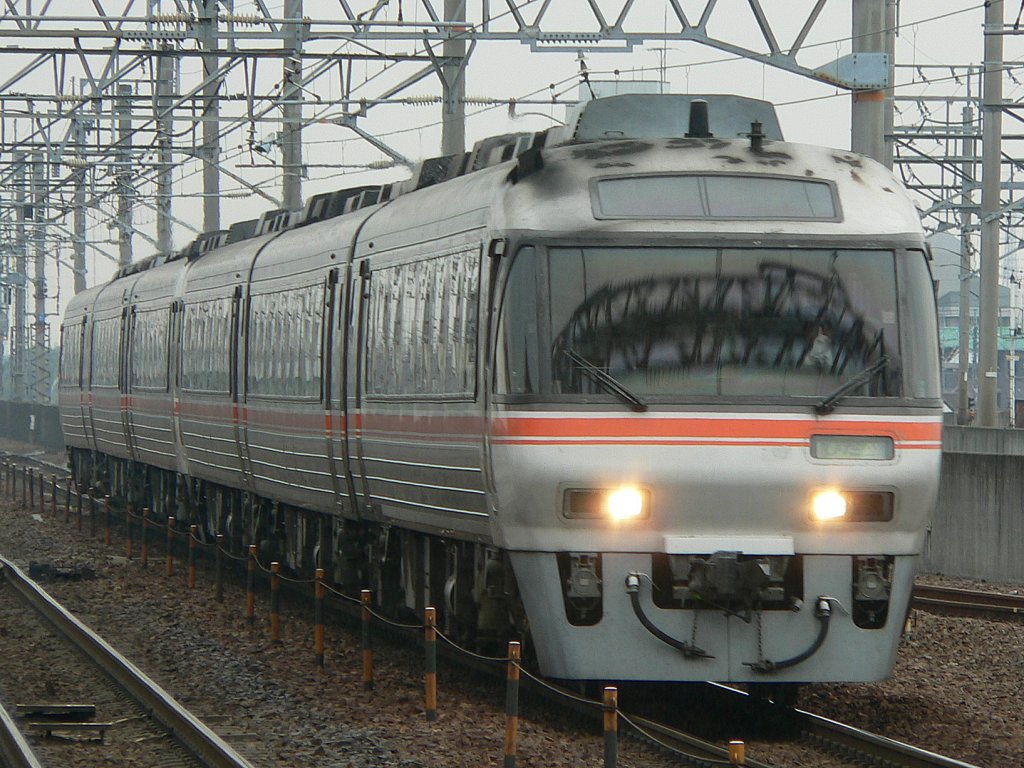 Limited Express
Limited Express